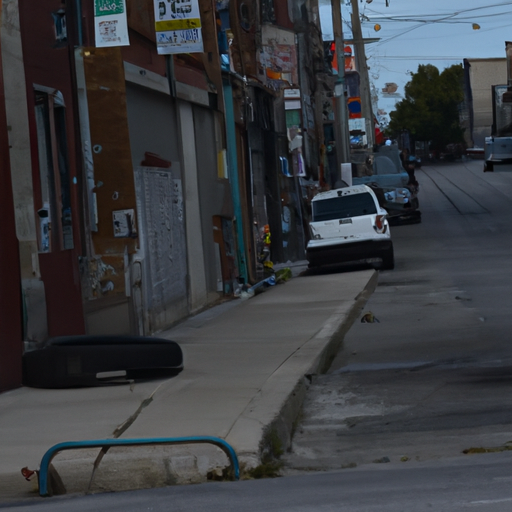The Canadian Opioid Crisis: A Grave and Widespread Issue
As we look across Canada, one of the most pressing health crises we’re facing is the opioid crisis. In particular, the Canadian city of Hamilton has seen the crisis rear its head in a particularly stark and destructive manner.
The Devastating Impact of the Opioid Crisis in Hamilton
Studies indicate that Canada is the second-highest per capita consumer of opioids in the world. Consequently, the effects of the opioid crisis, particularly in Hamilton, are far-reaching and devastating. The crisis, brought on by over-prescription of drugs like fentanyl and OxyContin, has led to dramatic rises in opioid overdose deaths, with devastating impacts on families and communities.
The rise in addiction has arguably contributed significantly to the city’s increasing homeless population, with a substantial number of homeless individuals battling opioid dependence. Moreover, the opioid crisis may be linked to the reported surge in crime rates across the city, associated with drug trafficking, as well as social and economic disruption.
Efforts to Tackle the Opioid Crisis
Despite the grim reality, efforts are being made in Hamilton to combat the growing opioid problem. One of these initiatives is the Canadian opioid abatement class action, which is the largest lawsuit in Canada’s history. The effort targets opioid manufacturers and distributors, arguing that they minimized the risks associated with opioids and aggressively marketed them, leading to a nationwide public health crisis.
Introduction of Naloxone
A significant measure taken in Hamilton and other Canadian cities is the introduction of naloxone kits. Naloxone is a life-saving medication that can reverse the effects of an opioid overdose. It’s now widely available at pharmacies and public health units across Hamilton, providing a crucial tool in reducing opioid-related deaths.
Simultaneously, there are calls to expand harm reduction services further, including supervised consumption services and increased access to addiction treatment facilities.
Key Points:
- The over-prescription of powerful opioids like Fentanyl is a significant factor in the ongoing opioid crisis.
- The rise in opioid addiction in Hamilton has contributed to increased homelessness and crime rates across the city.
- The Canadian opioid abatement class action aims to hold pharmaceutical companies accountable for their role in the crisis.
- Naloxone kits, distributed across Hamilton, have become a crucial tool in combating the opioid crisis by reversing the effects of overdoses.
Conclusion
In conclusion, the ongoing opioid crisis in Canada, and particularly in Hamilton, represents a complex and profound public health issue. It is a crisis that has led to substantial human suffering and loss, and is intertwined with socio-economic issues such as homelessness and escalating crime rates.
That said, there is hope in the fight against the opioid crisis. From the Canadian opioid abatement class action to the widespread distribution of naloxone kits, these initiatives offer a lifeline in tackling a crisis that is otherwise devastating families and communities. The lessons from Hamilton provide vital insights that can help other cities combat a similar crisis.
However, it remains clear that more needs to be done. This crisis, like any public health issue, requires a comprehensive, multifaceted approach to adequately address it. As civic and community leaders, it is critical to continue implementing and supporting policies and practical measures that contribute to resolving the opioid crisis.
